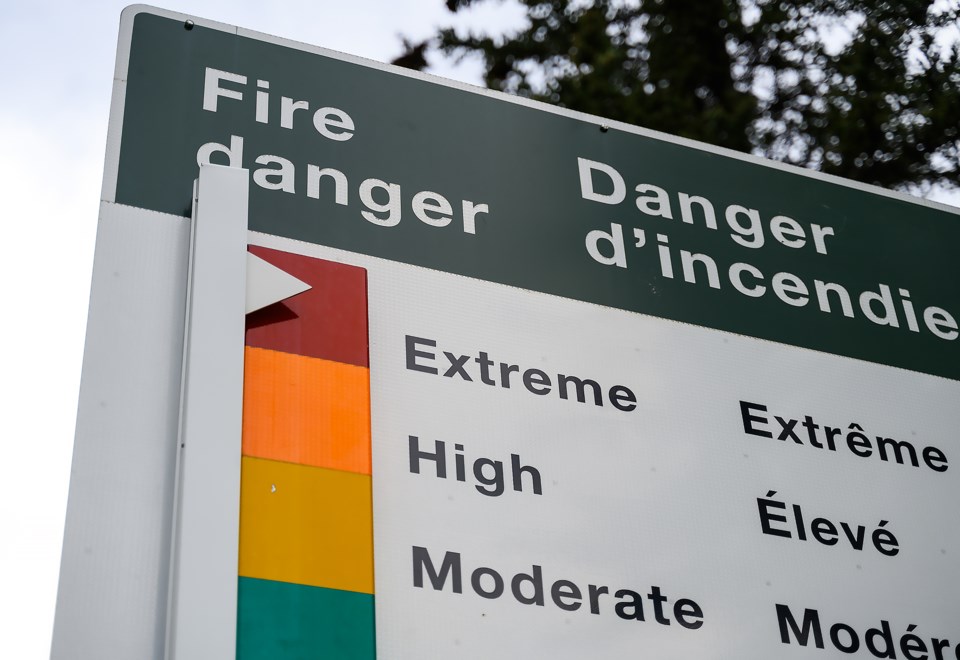KOOTENAY NATIONAL PARK – A fire ban has been put in place for Kootenay and Yoho national parks.
The two national parks had the fire ban issued Friday morning (August 4) and includes all front and backcountry campgrounds and day-use areas.
The ban prohibits all open fires unless they’re supervised by a person certified by the Canadian Standards Association or Underwriters Laboratories. The ban also stops all portable propane fire pits, gas or propane stoves and barbecues, propane or gas-fueled lanterns, patio heaters and indoor wood-burning stoves in fully enclosed buildings.
Under the Canada National Parks Act, anyone violating the ban can face a fine of up to $25,000.
In Banff National Park, the fire danger remains extreme since Aug. 1 but a fire ban has not been issued. However, Parks Canada fire crews remain on standby in case a wildfire starts during extreme danger.
A fire management plan dictates the national park’s level of preparedness during the various stages of a fire hazard rating.
Banff only allows fires in designated Parks Canada fire pits, like the ones in campgrounds and day-use areas. This is always the case outside of a fire ban, which is similar to what the province of Alberta calls a fire restriction.
“When we’re in extreme, we have fire crews that are on standby 24 hours, including a fire duty officer that's there to respond to any smoke reports that we receive from the public and or staff,” said Jane Park, fire and vegetation specialist for Banff National Park told the Outlook in late July.
“We generally try to have aircraft on site here in case we do get a fire and we’re coordinating with our partner agencies in the province as well as internally within Parks Canada.”
At least three lightning-sparked wildfires have been in Banff National Park this year, including one on Fairview Mountain near Lake Louise earlier in July and one near Protection Mountain in May – and both were extinguished quickly before they grew. A third took place July 30 near Hector Lake, but was quickly suppressed and didn’t spread further than 0.01 hectares.
Kootenay National Park has the majority of its fires sparked by lightning, largely due to the Continental Divide and lifting of air masses as low-pressure systems track from British Columbia into Alberta.
The last two decades have seen fires burn nearly 25 per cent of Kootenay National Park between wildfires and prescribed burns that have consumed about 33,800 hectares.
In that time, two major wildfires – the 2003 Tukumm-Verendrye and 2017 Verdant Creek fires – were the largest contributors and were caused by lightning.
In neighbouring Alberta provincial lands, the Calgary Forest Area (CFA) issued a fire restriction for the southern portion of the region on Wednesday (July 26), while the northern portion – which includes Canmore, Kananaskis Country and the MD of Bighorn – has a fire advisory. The CFA is also under extreme wildfire danger.
Since January 1, 2023, there have been 938 wildfires recorded in the Forest Protection Area of Alberta that have burned about 1.8 million hectares.
There are currently 97 active wildfires, including two classified as out of control, 34 are being held and 61 are under control.




